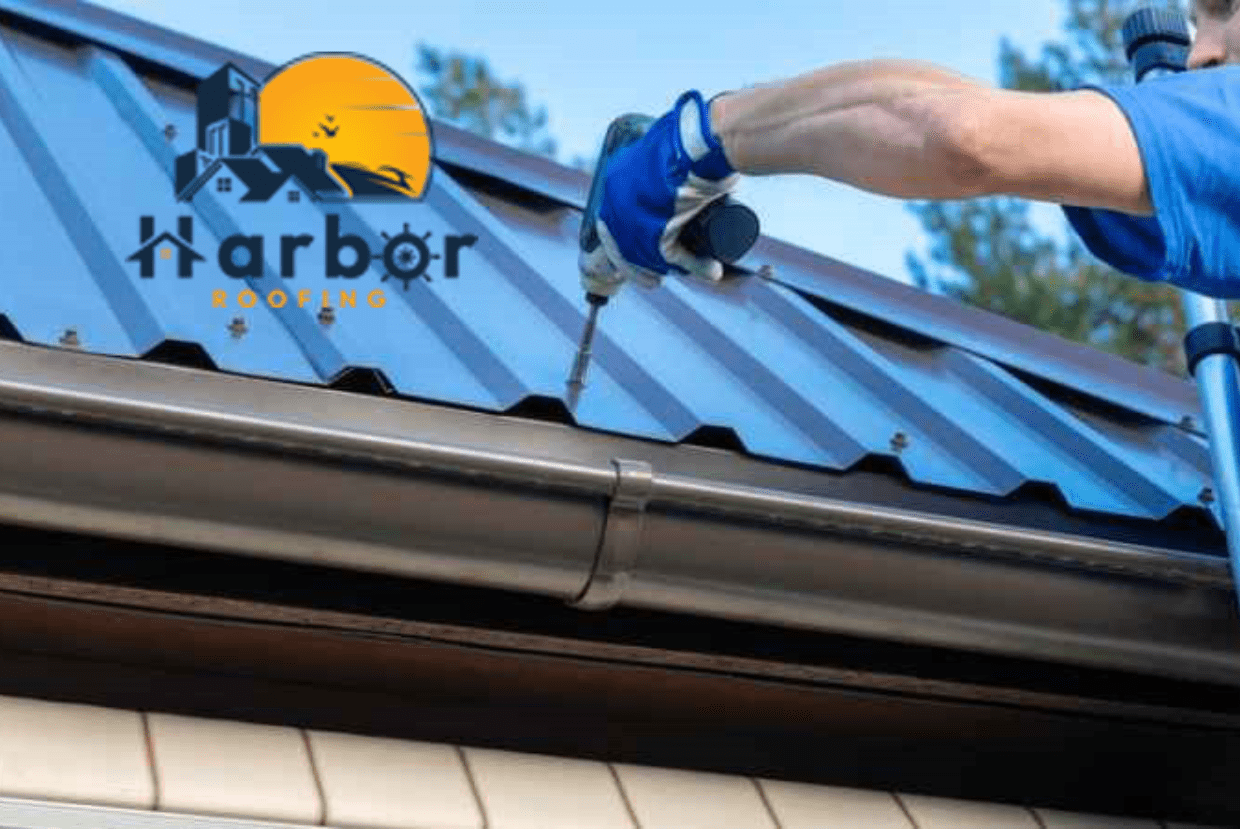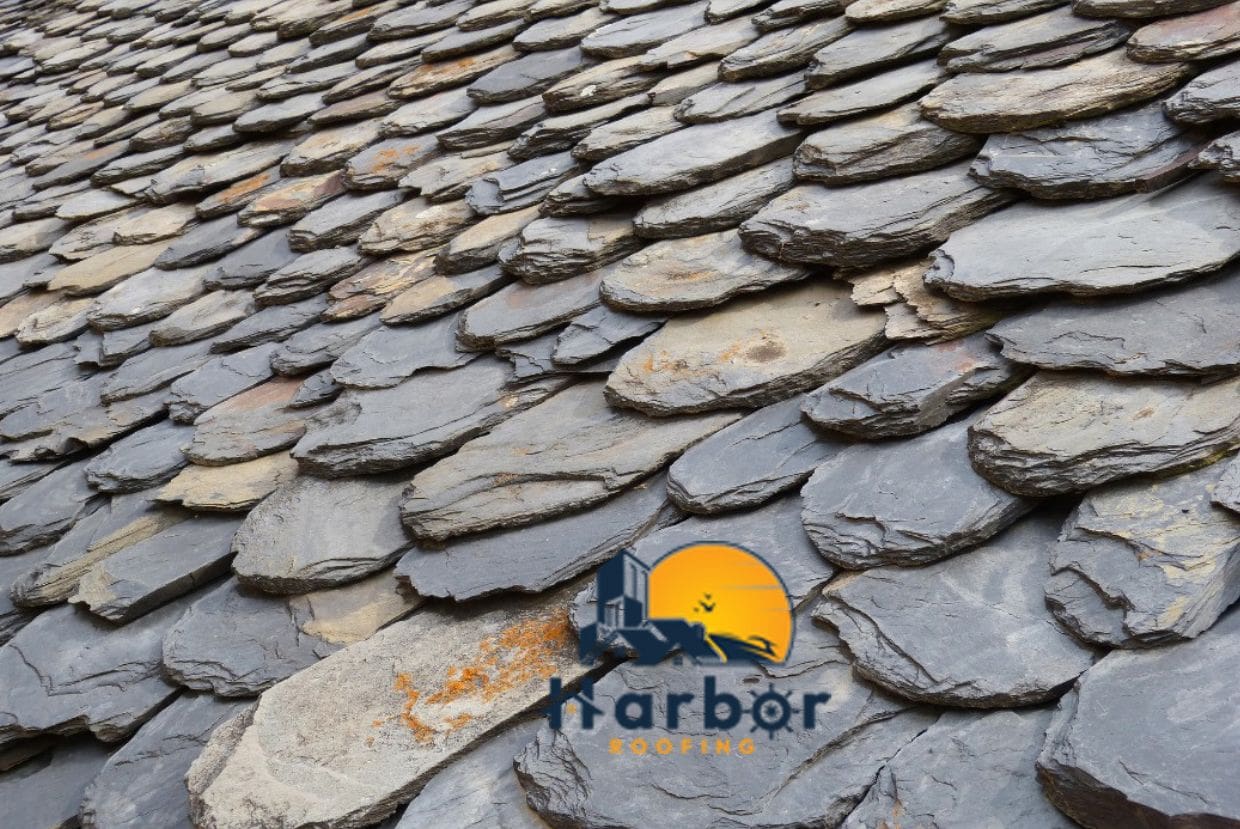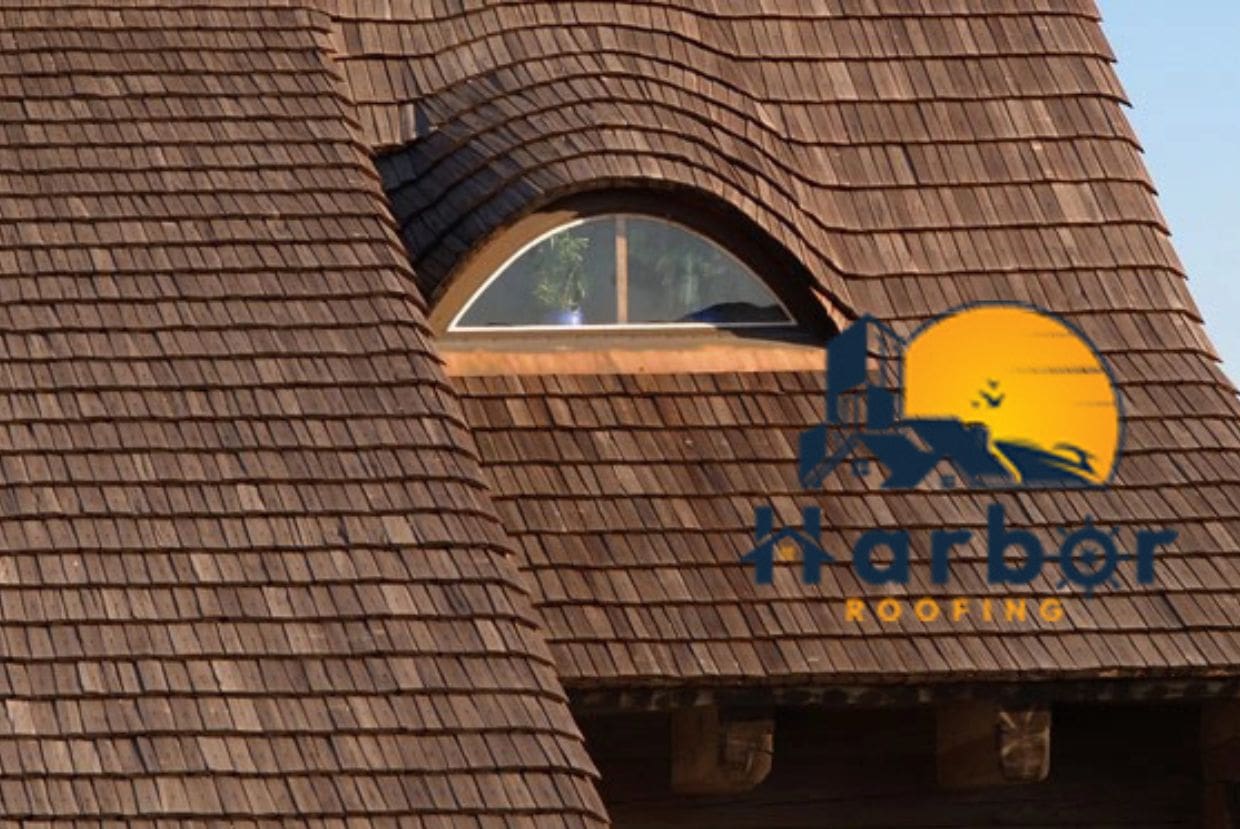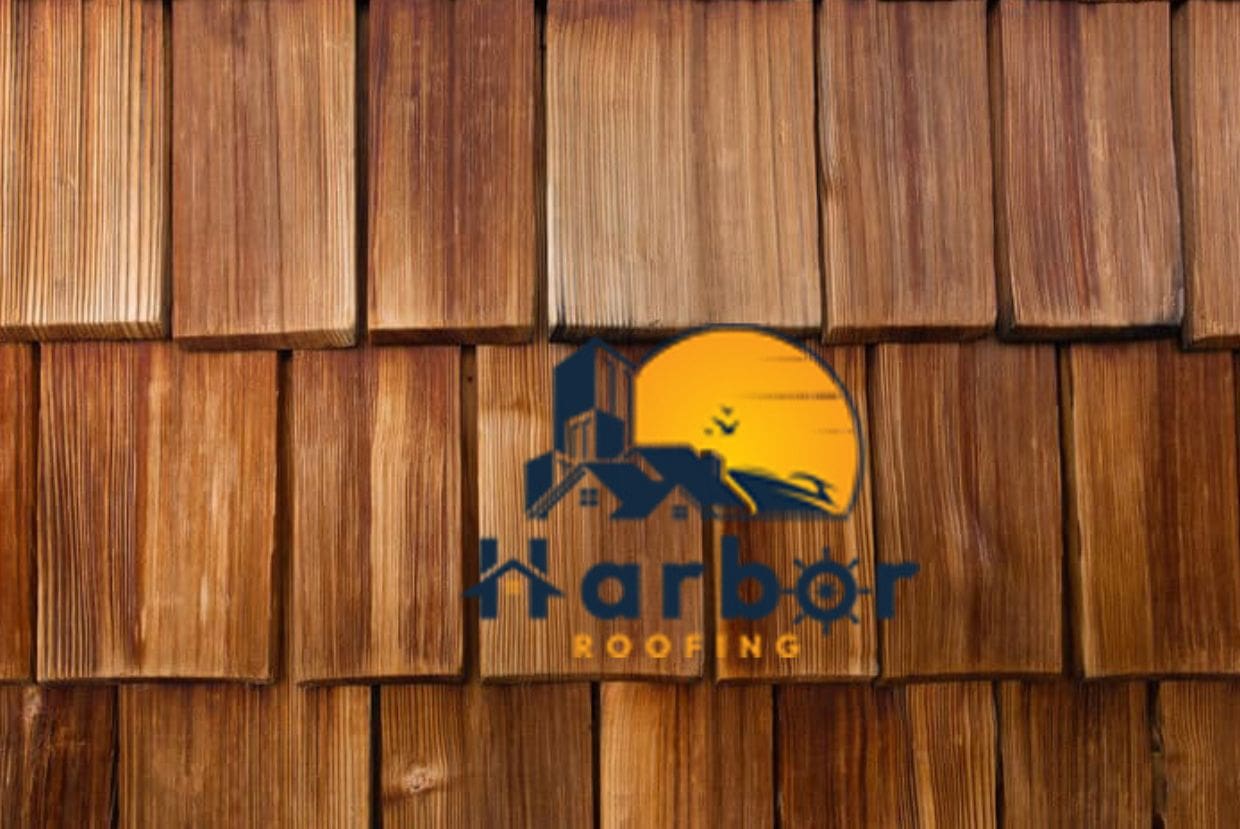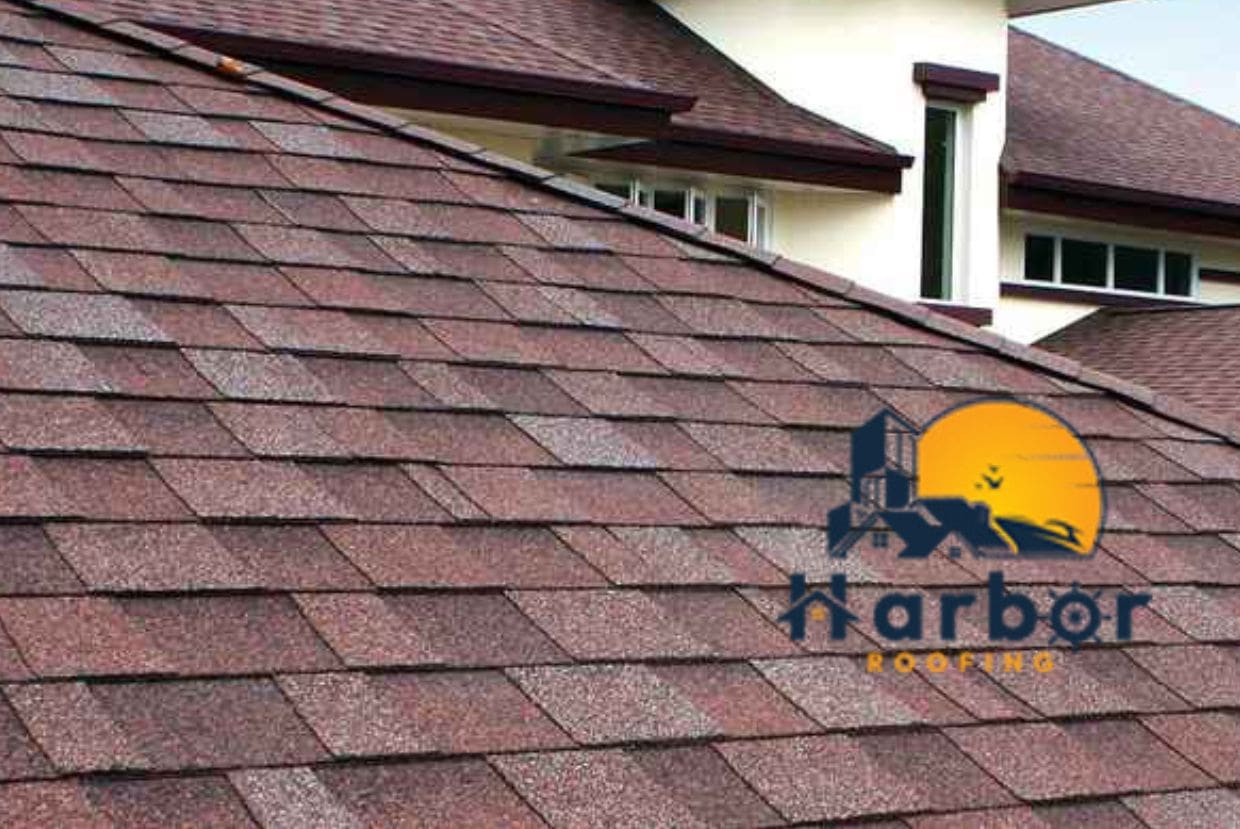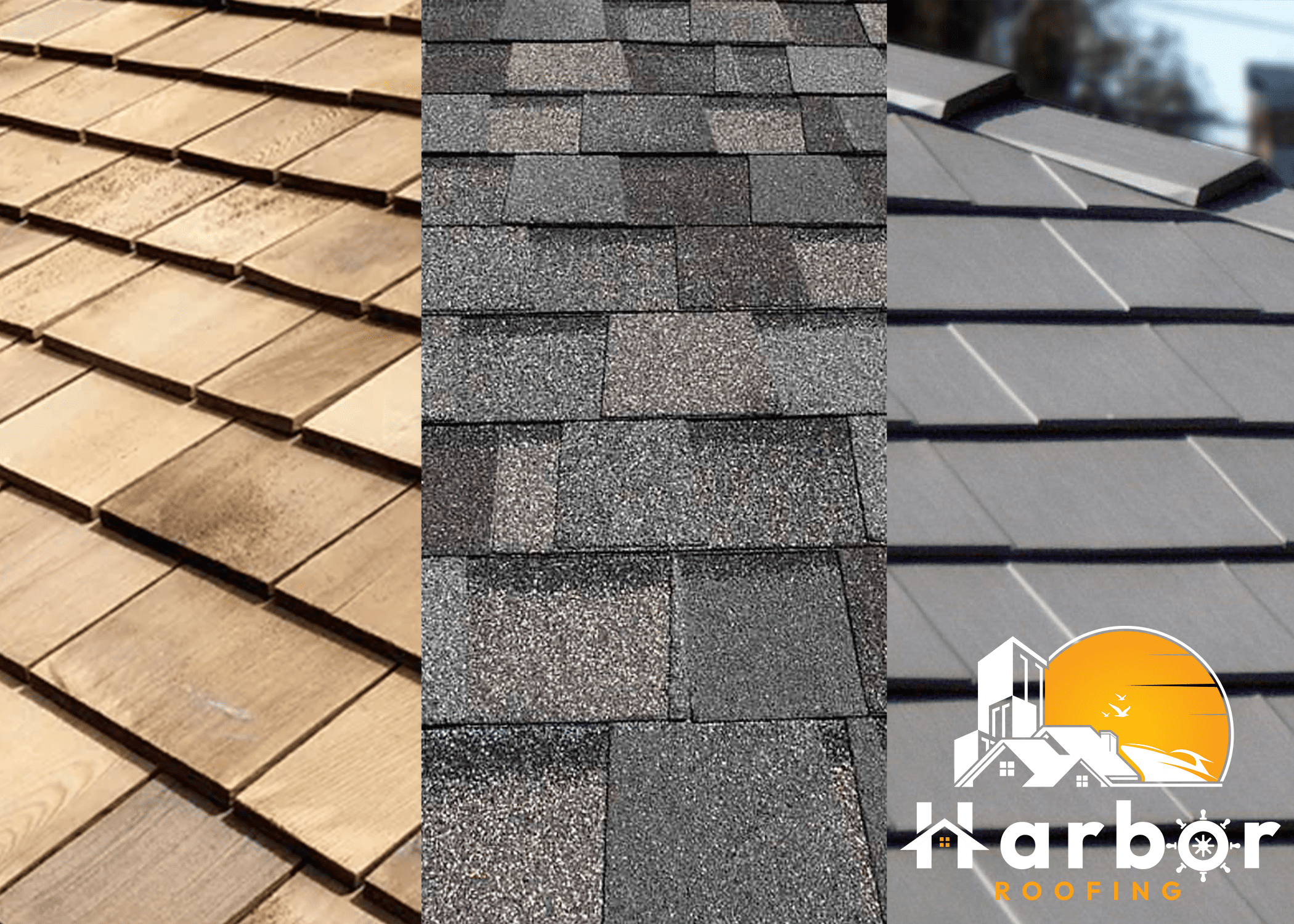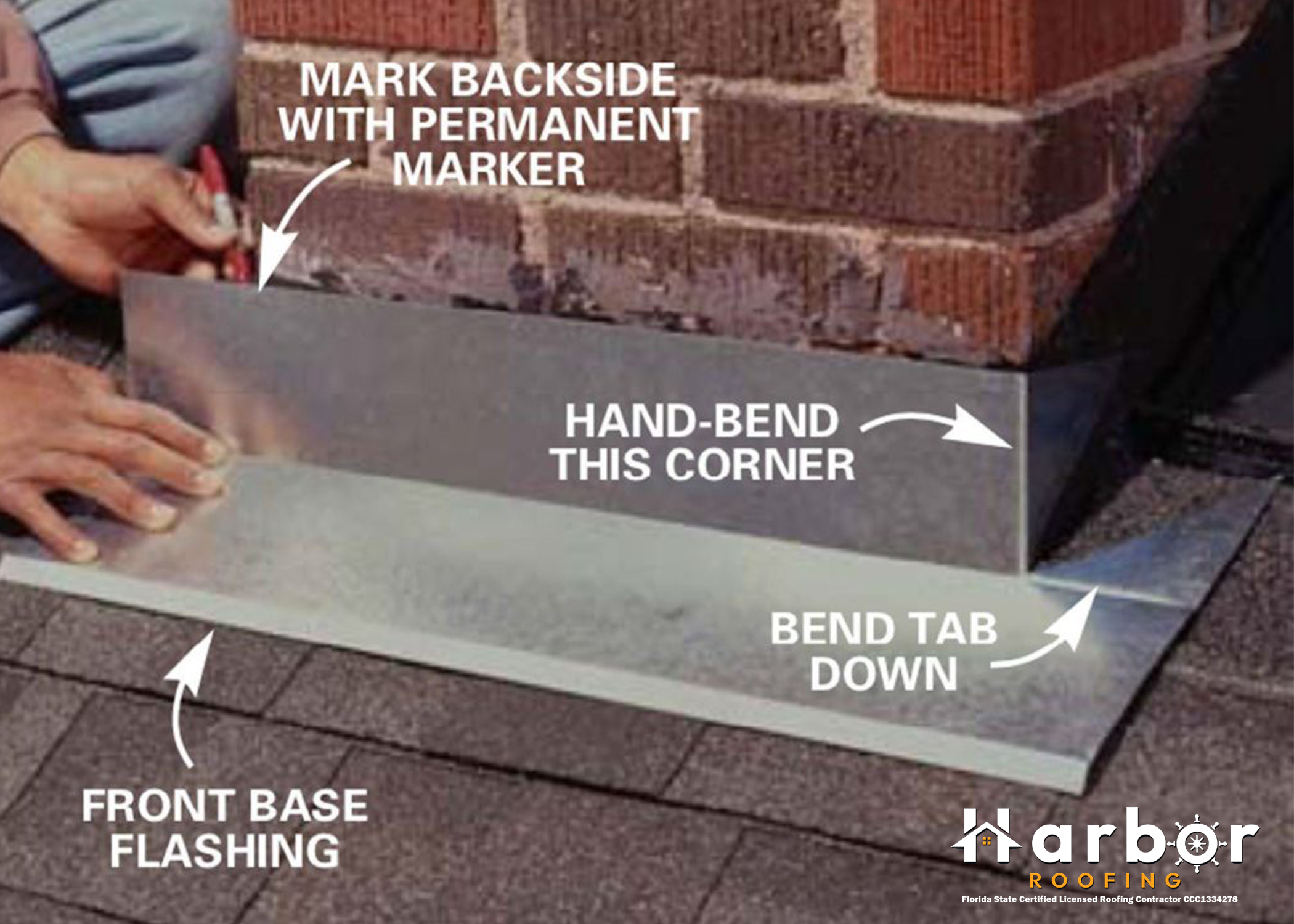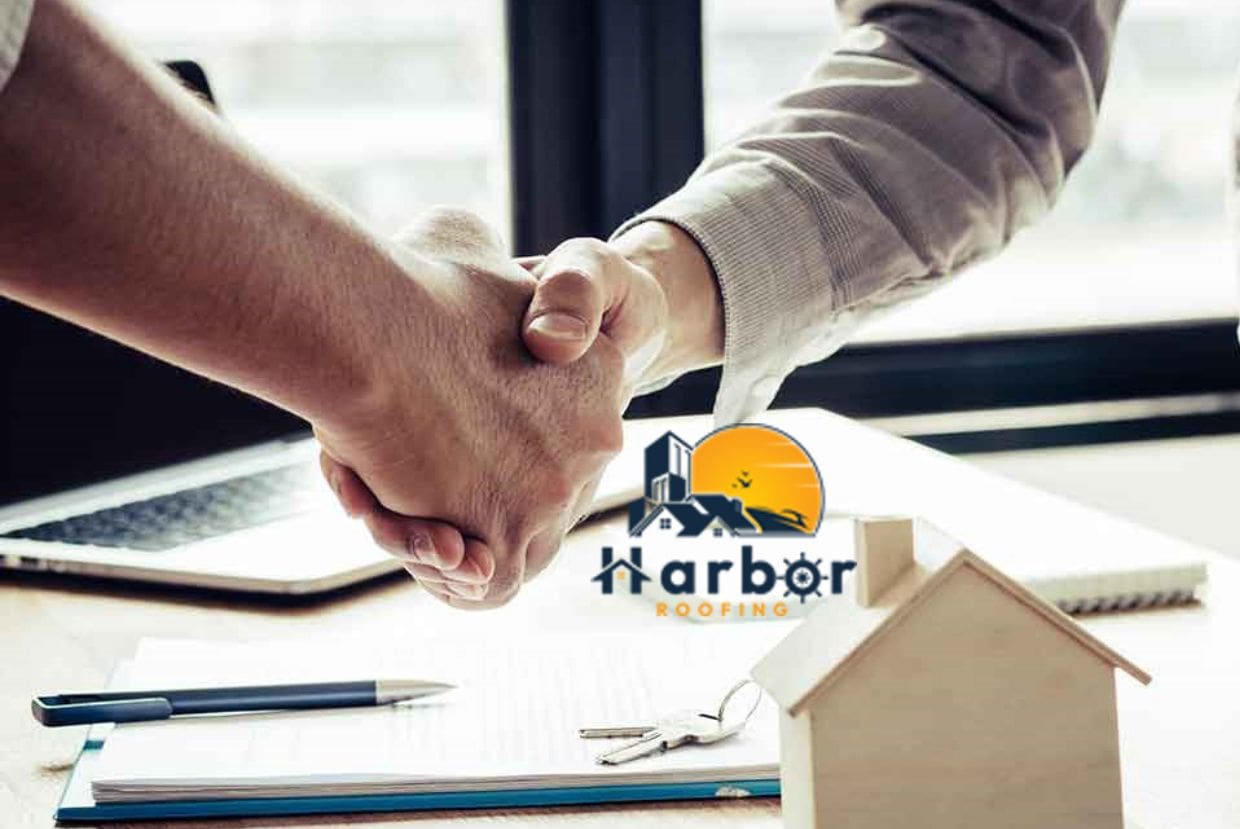Table of contents
It is natural for homeowners to try to save costs by all means possible. In the process, they tend to overlook important things. An excellent example of neglected things is foam closure strips, which are components vital to a roof’s performance.
Since many people underestimate the importance of foam closure strips, we will be discussing their benefits and why you should stop overlooking them in this article.
What Are Foam Closure Strips for Metal Roofing?
Foam closure strips (metal roof closure strips) are thick strips that you can use to seal a metal roofing panel on either side. They are roofing components specifically designed to seal the openings between the panels and restrict moisture, pests, and other damaging materials from entering inside.
These strips are usually made from long-lasting materials like rubber or foam. They are specifically shaped to fit the metal panels’ profiles. They are generally about 1-2 inches wide and 1 inch thick. Different closure strips are designed to fit metal panels perfectly. The snug fit of these designs keeps pests and rodents out and reduces the chances of leaks.
Another role the metal roof closure strip plays is reducing the noisy sounds of rain or wind. These strips are superior to other materials in terms of functionality and durability, regardless of the roof type.
Foam closure strips are a vital component of a metal roofing system that homeowners should not dismiss. They give your home that extra protection you don’t even know you need until you have it. After installation, you don’t need to do anything other than normal maintenance.

Benefits of Using Metal Roof Closure Strips
- Keeps out moisture: Foam closure strips are moisture-resistant and improve the roofing system’s resistance to harsh weather. They block out moisture from wind-driven rain and other sources, like snow, reducing the chances of leaks.
- They are durable: Closure strips can handle extreme temperatures in different ranges. Aside from being resistant to moisture, they are also resistant to absorbing several chemicals. This quality keeps it from being damaged, therefore giving it a long lifespan.
- Reduces noise: They act as an extra layer of sound insulation as they help keep out noises caused by wind or rainfall when they hit the roof.
- Prevents pests’ entry: The spaces between your roof deck and the high corrugation are wide enough to let pests in. Of course, pests are unwanted visitors that could have damaging effects on your roof and shorten its lifespan. So installing a metal roof closure strip helps to keep the “unwanted visitors” like insects, rodents, and birds out where they belong.
- Limits light entry: There are open spaces within the lows and highs of metal roofing panels, and without a closure strip, light would pass through them. So, with foam closures, you can prevent the entry of light to a large extent.
How to Install Foam Closure Strips
The process of installing foam closure strips is a simple one. All you need to do is be attentive to details and use the proper techniques. The process involves the following steps below:
- Preparing the roof: Before installing the closure strips, prepare the roof by cleaning the panels and ensuring they are free of moisture and debris.
- Measuring and cutting: After preparing the roof for installation, take the measurement of the length of the roofing panel before cutting the foam closure strips to snugly fit the spaces between the panels. Ensure that the length of the roof is entirely covered.
- Position the strips and secure them in place: Position the strips along the ridges and edges of the panels to ensure that the seal is tight. Afterward, use a fastener or adhesive to secure the strips in place. Following the manufacturer’s instructions for the correct spacing and installation methods is essential.
- Inspect and seal: After adequately installing the closure strips, scrutinize the roofs for any openings that may affect the seal. If you find an opening or gap, use sealant to fill it.
Metal Roof Closure Strips Maintenance
Foam closure strips may be low-maintenance roofing components, but they do need some maintenance. To ensure that they reach the end of their estimated lifespan, inspect them regularly so you can spot any abnormality early and nip it in the bud before it worsens.
The basic maintenance routine includes inspecting the roof occasionally for deterioration or damage, keeping the surface clean, and replacing it whenever necessary. It is important to always inspect your roof after a severe weather condition.
Are Foam Closure Strips Vital for Metal Roofing?
Of course! Inside and outside foam closure strips are essential for your metal roof. An inside foam closure strip is one that is meant for the bottom panel of a metal roof, while the outside foam closure strip is for the top of the panel. Your roof needs closure strips to protect it.
Where Can You Install Metal Roof Closure Strips?
We recommend always going through your metal roof manufacturer’s installation guide before installing your foam closure strips. In it, you will see which parts of your flashing need foam closures. Foam closures are necessary for metal roofs under the listed metal roofing trim conditions:
- Peak trim/high side eave
- Eave trim
- Chimney flashing
- Ridge cap
- Pitch break/transition flashing
- Valley flashing
- Pre-hung box gutter
Conclusion
Although many homeowners may want to cut costs and ignore the benefits and importance of metal roof closure strips, we highly recommend them. Aside from giving your roof a weather-tight seal, they will reduce the noise from wind or rainfall impact and, in general, offer your roof protection.
Frequently Asked Question
Can I install metal roof closure strips myself?
You sure can install closure strips by yourself and save some money. But it’s best that you employ the services of a professional. We especially recommend it for a complex roofing system.
What are metal roof closure strips for?
Metal roof closure strips are for sealing the gaps between metal roofing panels. They help to prevent moisture, pests, and debris from gaining access to the structure’s interior.
How long do metal roof closure strips last?
Several factors, including the quality of the material, maintenance routines, and environmental factors, determine how long a metal roof closure will last. However, foam closure strips of good quality can last for a long time with proper maintenance.
Do I need closure strips for my metal roofing?
Yes, you do. They are essential for your metal roofing. They perform a couple of roles that are not negligible. Having closure strips installed on your roofing system will help it stay resistant to moisture and prevent damages that may result from it.
Do metal roof closure strips need maintenance?
Yes, yes, yes. If you want your closure strips to continue functioning properly for a long time, you need to inspect them and perform some general maintenance on them occasionally.
